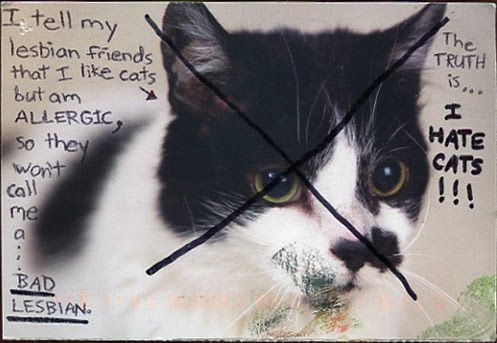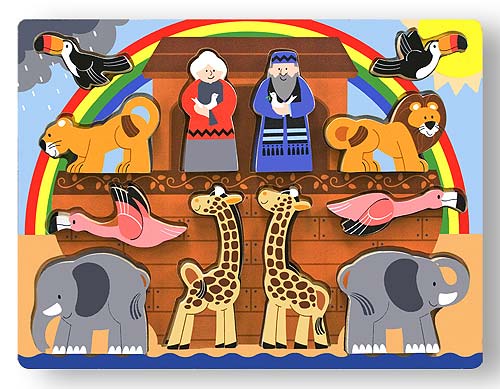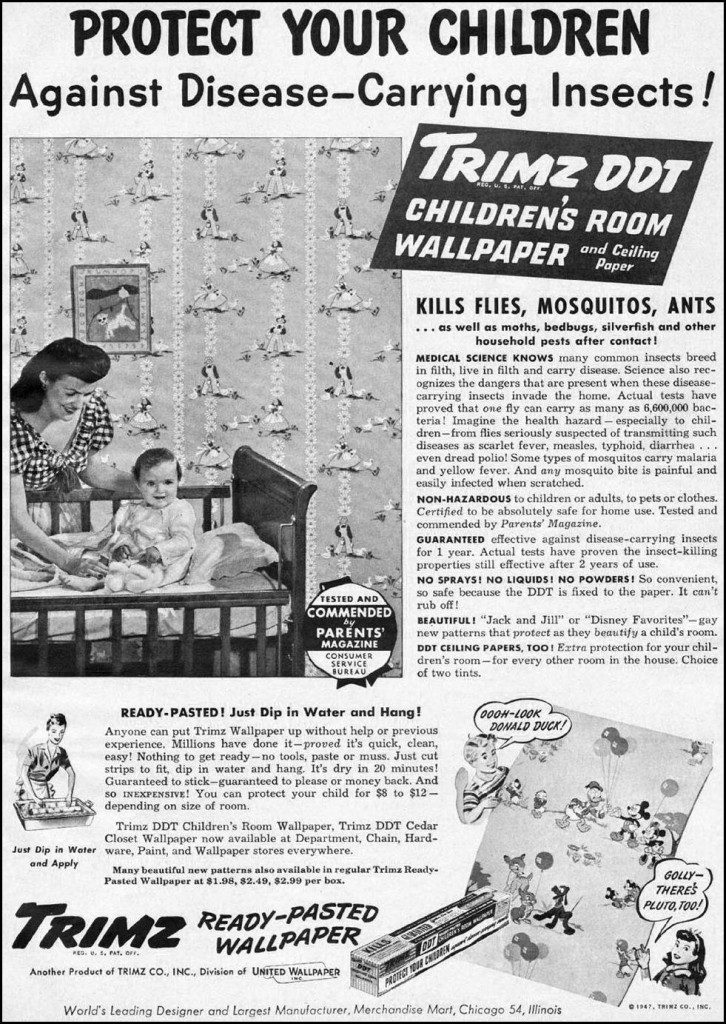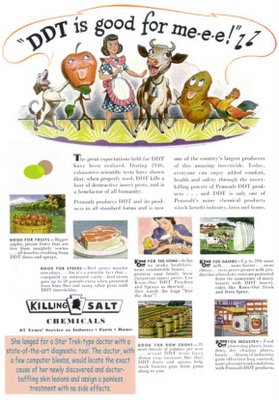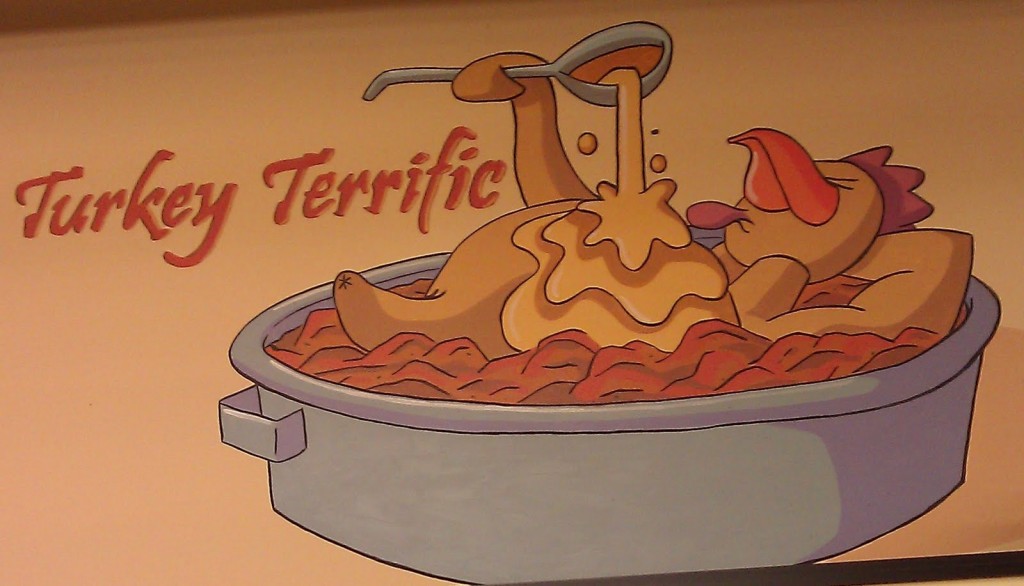I love a newborn elephant as much as the next person, probably quite significantly more, but must we get all stupid and say that she likes pink? Must we, Zooborns? Really? Sigh.
Sent in by Chloe Angyal at Feministing. Thanks Chloe!
Pink, by the way, has only been associated with female humans for the last 60 years or so, and only in parts of the world. See, for example, our posts on a vintage Father’s Birthday card and advice for mothers. (And, while we’re at it, this art project is pretty stunning.) I’m pretty sure elephants, even girl ones, are indifferent.
Lisa Wade, PhD is an Associate Professor at Tulane University. She is the author of American Hookup, a book about college sexual culture; a textbook about gender; and a forthcoming introductory text: Terrible Magnificent Sociology. You can follow her on Twitter and Instagram.


